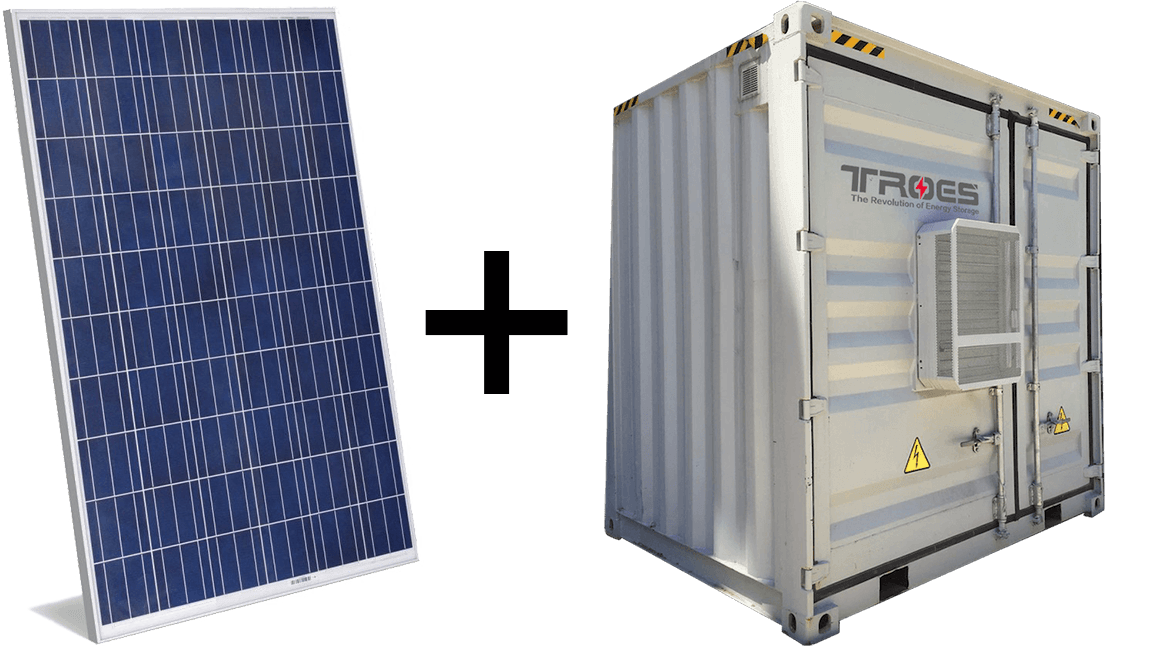University Case Study
University of Illinois
Problem
The University of Illinois has multiple buildings with high power requirements like any other college campuses or universities. The grid purchasing costs for them consists of energy charging and demand charging, and demand becomes a large part of their bill when they use a lot of power over a short period of time.
The university was committed to showcasing application of renewable technology in conjunction with energy storage system to solve this issue of excess demand charges. The locale was suitable for the installation as well, since Illinois has good solar insolation and its utilization would help alleviate power demand problems.
Solution
In this university case study, the solar PV was integrated with a Battery Energy Storage Systemto ensure application of solar PV at highest efficiency. That way, the power generated by solar panel could also be used to respond to the unpredictable nature of peak demand.
Cost Saving Benefits
The cost of system considered here is US$290,000. The local electricity rate is US$0.08/kWh. We assume 8 hours of sunshine in a day. The yearly consumption saving would be US$23,330. With a demand reduction of US$3,000, the total savings would be US$26,330 providing a payback period of just under 7 years.
| Initial Cost | Daily Usage | Annual Savings | Payback |
|---|---|---|---|
| US$290,000 | 800 kWh | US$26,330 | 6.9 years |
About The System
The system comprises of a 250 kWh BESS charged by a 100kW solar PV array and the grid. This setup will be able to support power demands of some mill operations during peak periods using the energy stored. Since the BESS is charged during off-peak period with either solar PV or the grid, significant amount of bill savings can be made in the pulp and paper industry as well as other industries.

Application Case Studies
Industry Case Studies
Work with TROES
Power your next project using energy storage. Our Sales and Engineering team will work with you to find out if energy storage makes financial and economical sense.
